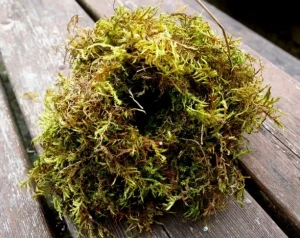The Bird Blog - December 2023
1st December
As we move towards the Winter solstice on the 22nd of December and the fewest day light hours, this month has also arrived with a sprinkling of snow, however, the bird life has remained active.
During my recent visits to the arboretum, I have enjoyed good views of Bullfinch, Great Spotted and Green Woodpecker as well as a male Sparrowhawk on the lookout for its next meal. I have also continued to enjoy the sight of small flocks of Blue, Long Tailed and Great Tits flitting from tree to tree in search of food.
The hoped for arrival of more Redwings has yet to materialise, and neither have the small and mixed flocks of finches flying around the arboretum contained any Brambling. Whilst this is disappointing, Waxwing, an other Winter migrant, has been sighted elsewhere in Leicestershire. These birds arrive in this country when conditions are too harsh in Scandinavia, prompting them to fly south in search of food. Waxwings are strikingly marked birds about the size of Starlings and can turn up anywhere there are bushes and trees bearing berries.
The nest boxes have now been checked, cleaned and those damaged by Woodpeckers repaired. All the boxes are now ready for the start of the breeding season in the Spring. Completing the refurbishment of the nest boxes prompted me to think just what amazing structures nests can be, especially regarding two species that can be seen in the arboretum.
The nest of the Wren is a small, neat dome made of moss, leaves and grass with a small hole for an entrance. It can be found amongst Ivy or other dense vegetation in all sorts of nooks and crannies either natural or man-made. The nest is one of several built by the male and the one accepted by the female will then be lined with feathers.


The nest of the Long-Tailed Tit is another beautifully intricate small domed structure. It is constructed of lichen and cobwebs lined on average with 1500 feathers. These marvels of nature are found in dense vegetation such as Brambles, thickets of Blackthorn and Whitethorn or well-established hedgerows.
Since my last blog I have spent another day birdwatching at Rutland Water. The lagoons at the Egleton reserve were alive with a variety of Duck. Of the many species on show I can never decide which male has the most striking plumage, the elegant Pintail, the diminutive Teal or the striking Goldeneye. The highlight however on this occasion was the murmuration of Golden Plover over lagoon 4, what an incredible sight! Made even more amazing by many Lapwing that joined in.
Phil Taylor